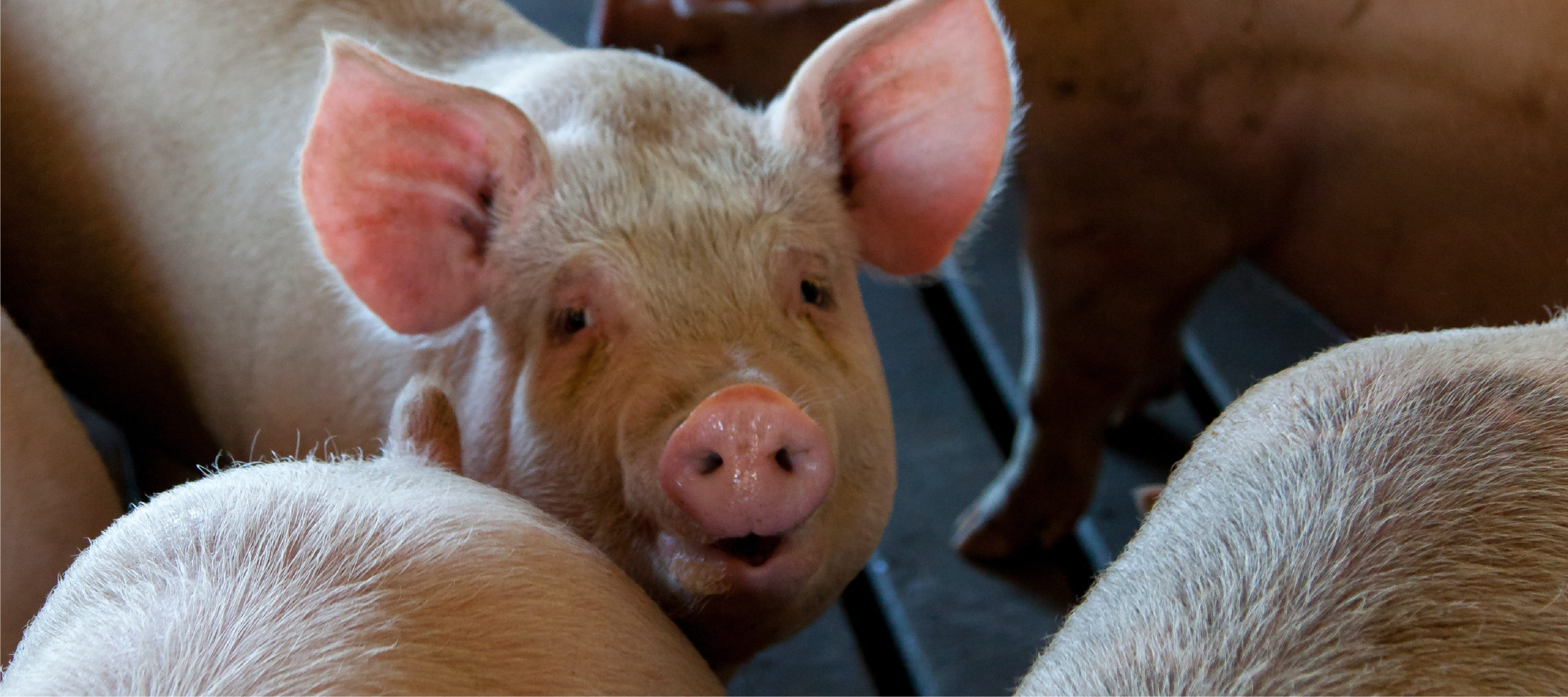
Veterinary Ethics
A Request for Euthanasia: Handling The Client
Knight A (2016). A request for euthanasia: handling the client. In Practice, 38, 358-359.
A Request for Euthanasia: Advising A Colleague
Knight A (2016). A request for euthanasia: advising a colleague. In Practice, 38, 469-470.
Dealing with Dark Desires
Knight A (2014). Dealing with dark desires. In Practice, 36, 54-55.
Animal Ethics
Cognitive Relatives
Yet Moral Strangers?
This article was shortlisted for a 2011 Voiceless Media Prize. Voiceless is an independent non-profit think tank dedicated to alleviating the suffering of animals in Australia. It has awarded over AUD 1.2 million to Australian animal protection projects since 2004. Voiceless media prizes ‘recognise the most accurate and influential print, online or broadcast features relating to animal protection and ethics.’
Abstract
Benz-Schwarzburg J and Knight A (2011). Cognitive relatives yet moral strangers? J Anim Ethics, 1(1), 9-36.
